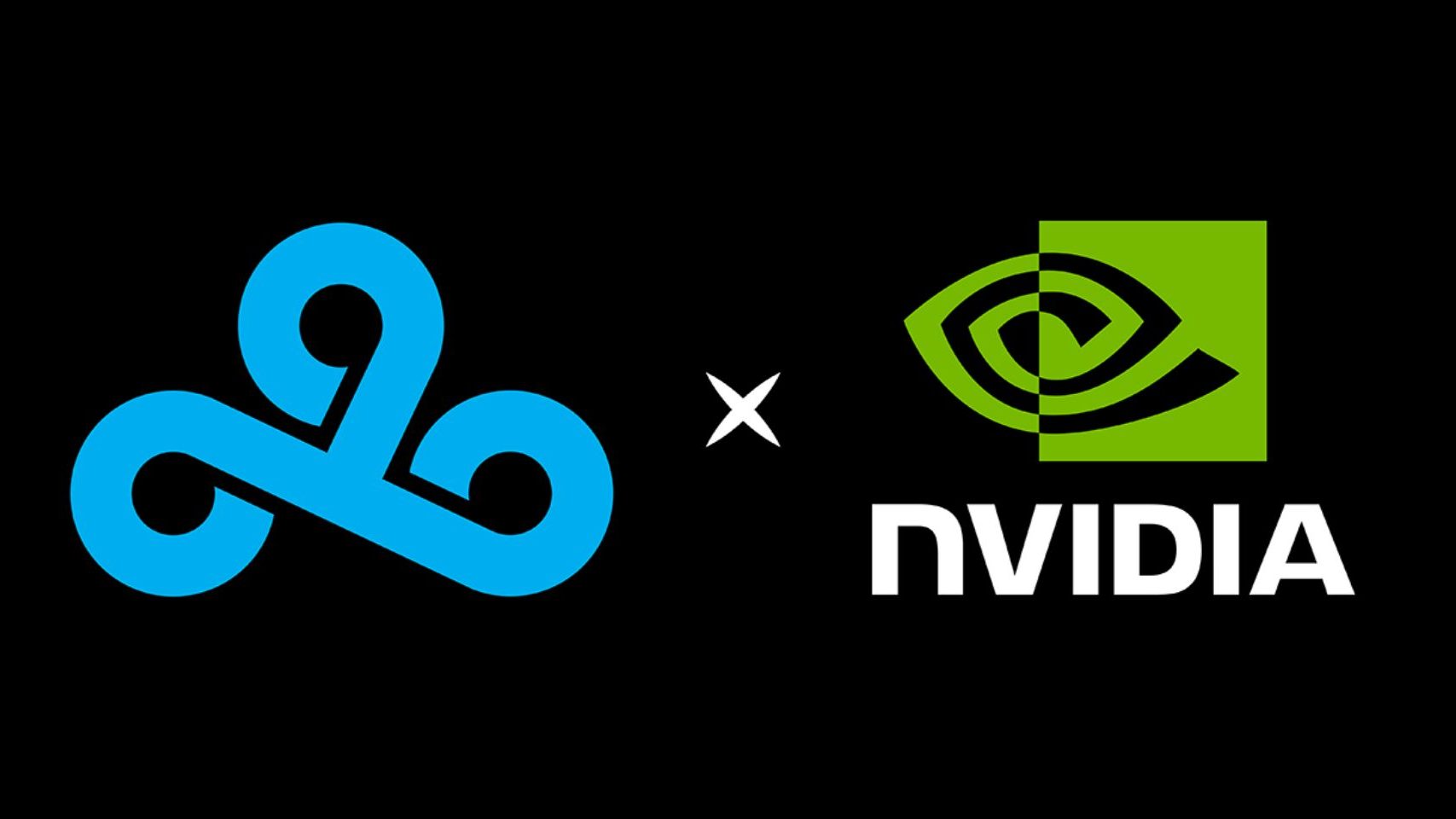
North American esports organisation Cloud9 has announced a partnership with multinational corporation and technology company NVIDIA. Financial terms of the deal were not disclosed.
The collaboration will see Cloud9’s esports teams be powered by the latest NVIDIA GPUs and technologies. This includes NVIDIA Reflex, which will help measure and reduce system latency on their scrim PCs.
According to a release, Cloud9’s practice will be powered by the GeForce RTX 4080 SUPER GPUs to ensure the players get a smooth gaming experience. Additionally, Cloud9 is looking to develop new custom AI models to enhance competitive strategies and player performance as well as deliver high-quality content creation, with NVIDIA supporting both processes.
Founded in 2013, Cloud9 is a leading esports organisation based in Los Angeles, California that competes in League of Legends, VALORANT, and Counter-Strike 2, following the acquisition of the BLAST Premier Member Team slot previously owned by Evil Geniuses. It recently also resumed its endeavours in the Rocket League competitive scene in the North American RLCS 2024 circuit.
Despite the difficult conditions in the industry, Etienne revealed on X that the organisation went back to profitability in 2023. This is possibly thanks to a strong portfolio of partners.
The organisation recently announced a partnership with eyewear solution currently Zenni Optical and has also secured deals with crypto casino company BC.GAME, car maker Kia, decentralised Ethereum web3 platform Polygon, gaming chair brand Secretlab and Red Bull. Additionally, the company collaborated with the popular anime series One Piece for special edition merchandise.
Jack Etienne, Co-Founder and CEO of Cloud9, commented: “We’re incredibly excited to work with NVIDIA and bring their amazing technology to Cloud9.
“The GeForce RTX 40 Series GPUs and NVIDIA Reflex technology give our players the performance and responsiveness they need to stay ahead of the game. This collaboration is a huge step for us as we continue to push the limits in competitive gaming and content creation”



